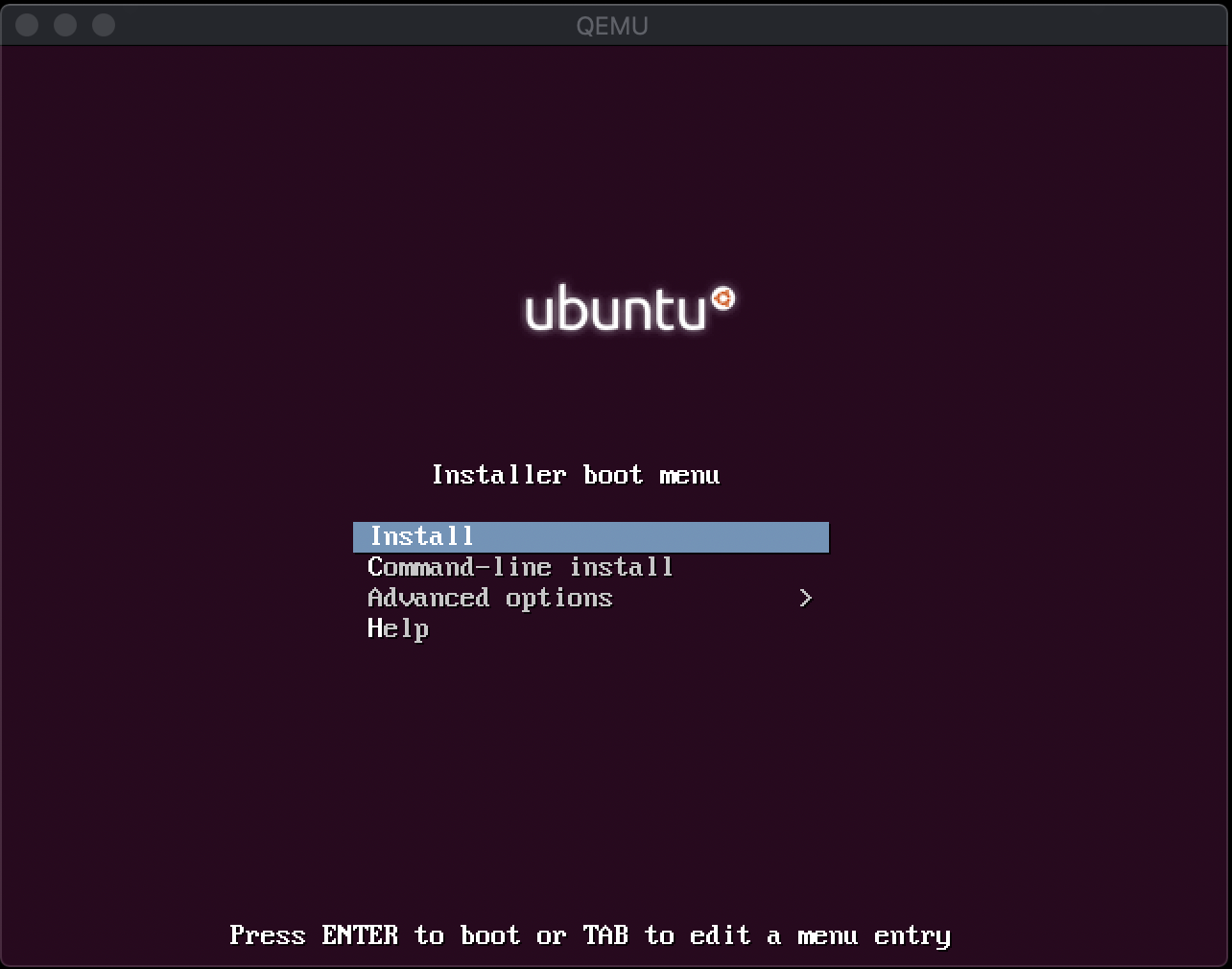

Once the libguestfs toolset is installed, you can mount a qcow2 image using a command-line tool called guestmount as follows.
#Qemu qcow2 install#
On Red Hat-based system: $ sudo yum install libguestfs-tools On Debian-based system: $ sudo apt-get install libguestfs-tools You can install the libguestfs toolset on Linux as follows. libguestfs supports pretty much all kinds of disk images including qcow2. The first method to mount a qcow2 disk image is by using libguestfs which provides (among other things) a suite of tools for accessing and editing VM disk images. If you are using qcow2-type disk images (used by QEMU/KVM), there are at least two ways to mount them on Linux. In Linux, there are ways to mount a disk image, and different types of disk images require different approaches. You then would be able to modify the content of the disk image before unmounting it. If you want to modify files in a VM's disk image without powering on the VM, you could mount the disk image. As a virtual disk volume, a disk image represents the content and structure of a storage device (e.g., a hard disk drive or flash drive) attached to the VM. When you run a guest virtual machine (VM) on a hypervisor, you create one or more disk images dedicated to the VM. Is there a way to mount a qcow2 disk image on Linux? I want to modify the content of the disk image without powering on the VM, and for this I need to mount the disk image somewhere. The official documentation for the format is part of the QEMU Git tree.Question: I have a qcow2-type disk image which is used by one my guest VMs on QEMU/KVM. The difference from the original version is that qcow2 supports multiple snapshots using a newer, more flexible model for storing them. Qcow2 is an updated version of the qcow format. Optional features include zlib-based transparent decompression. When a particular piece of data has to be read from this new image, the content is retrieved from it if it is new and was stored there if it is not, the data is fetched from the base image. This new qcow file contains the path to the base image to be able to refer back to it when required. The qcow format also allows storing changes made to a read-only base image on a separate qcow file by using copy on write. This is particularly useful for file systems that do not support sparse files, such as FAT32. This allows for smaller file sizes than raw disk images, which allocate the whole image space to a file, even if parts of it are empty. One of the main characteristics of qcow disk images is that files with this format can grow as data is added. Qemu-img command allows to inspect, check, create, convert, resize and take snapshot of qcow images. Three versions of the format exist: qcow, qcow2 and qcow3 which use the. Files in qcow format can contain a variety of disk images which are generally associated with specific guest operating systems. It stands for "QEMU Copy On Write" and uses a disk storage optimization strategy that delays allocation of storage until it is actually needed. Qcow is a file format for disk image files used by QEMU, a hosted virtual machine monitor. ( December 2015) ( Learn how and when to remove this template message) Please improve this by adding secondary or tertiary sources.

This article relies too much on references to primary sources.


 0 kommentar(er)
0 kommentar(er)
